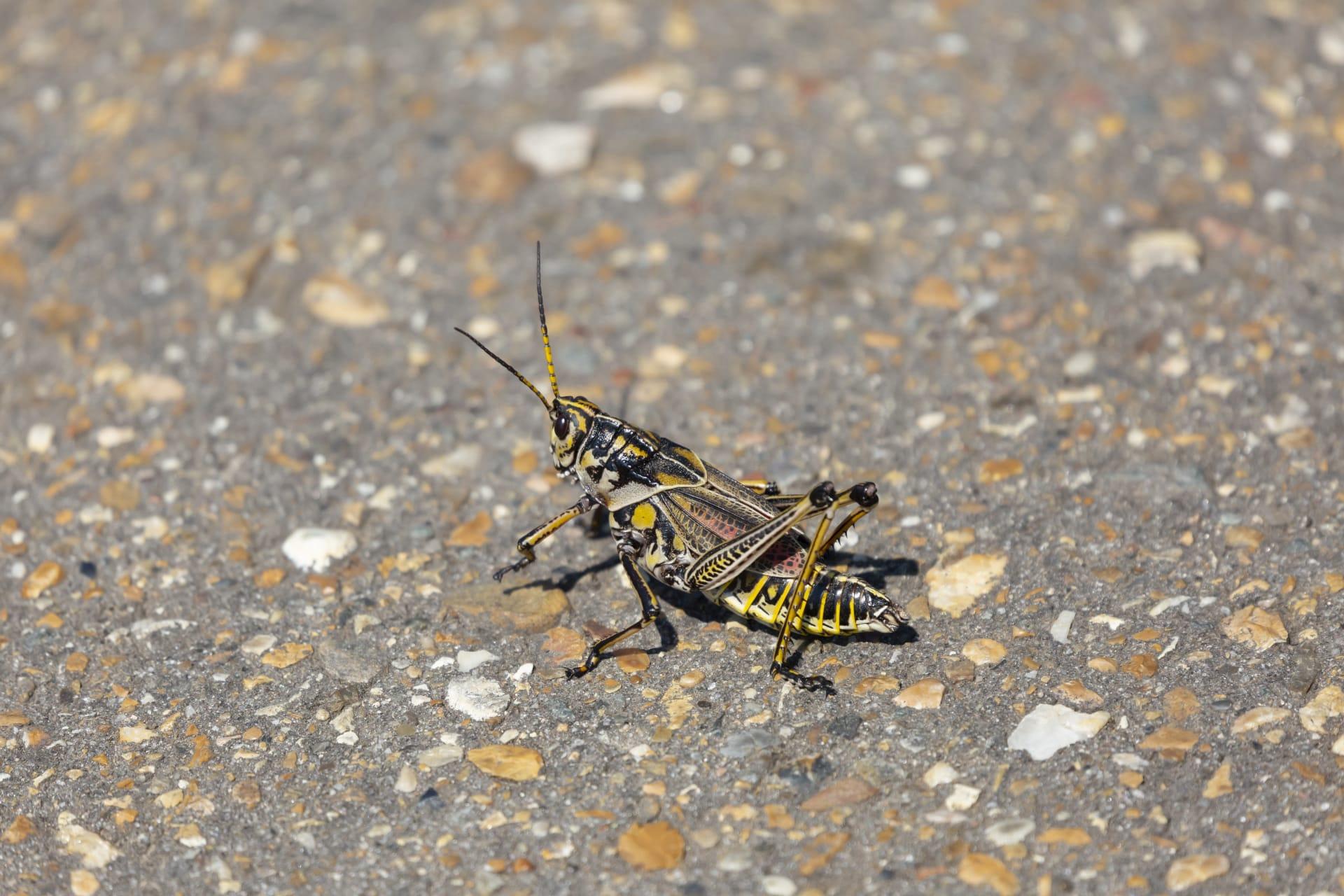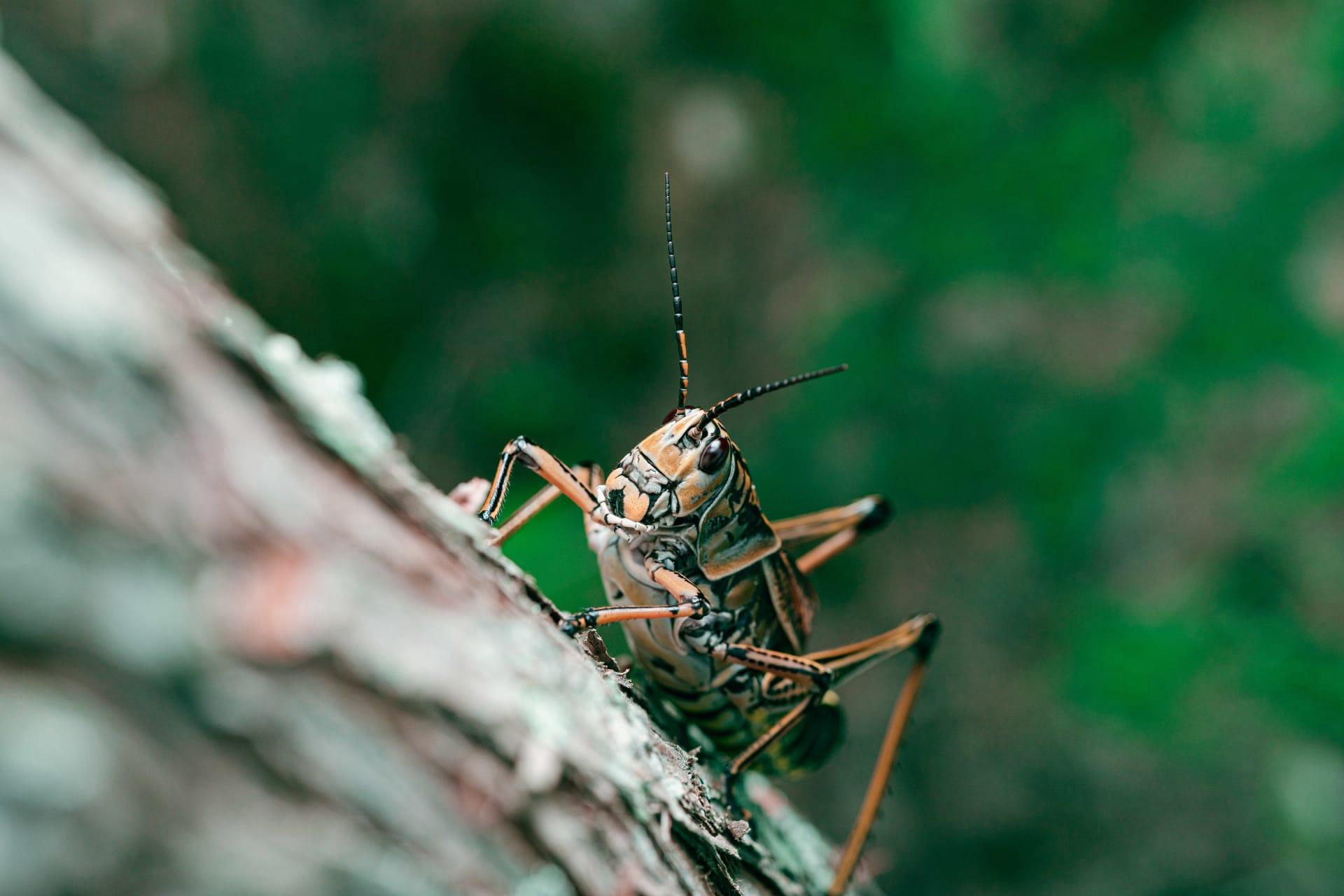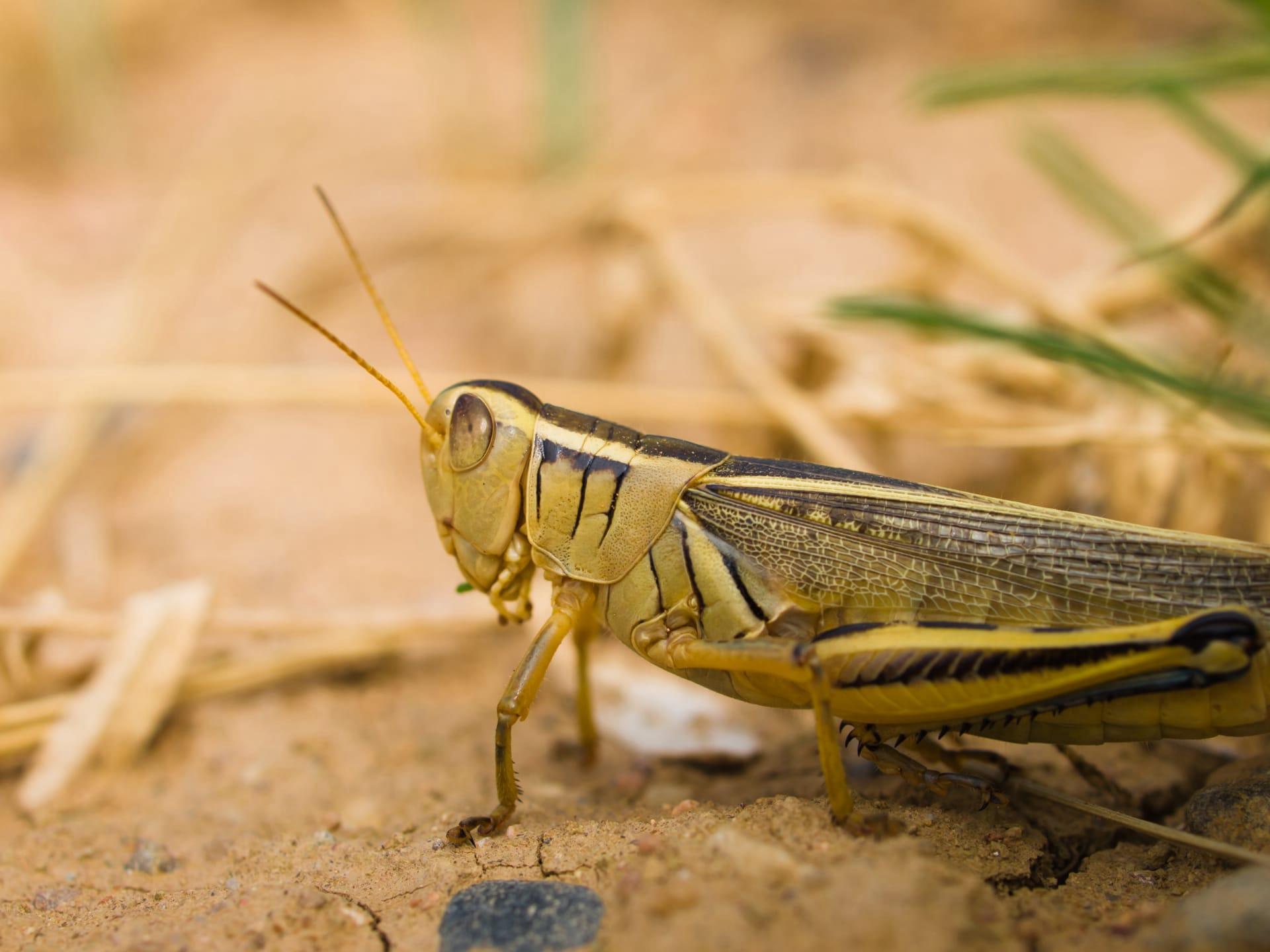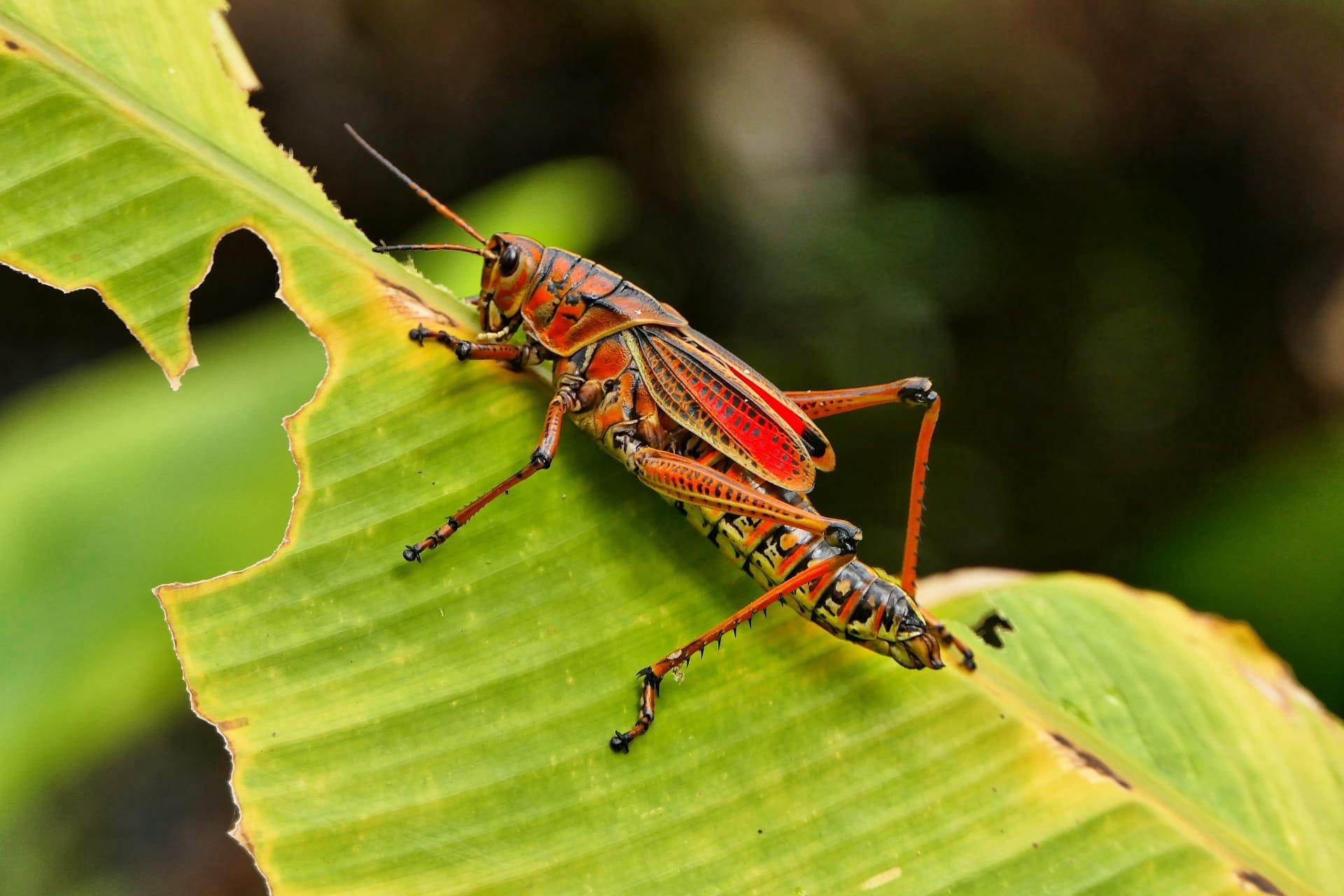Lubber Grasshopper
- Home /
- Mini Encyclopedia /
- Animal /
- Lubber Grasshopper
1
The Lubber Grasshopper, scientifically known as Romalea microptera, belongs to the family Romaleidae. This species is distinguishable by its large size, typically ranging between 2.5 to 3 inches in length. Its body exhibits a fascinating array of colors from black, yellow, to red, which change throughout its life stages. The Lubber Grasshopper is a fascinating example of Orthoptera, an order that includes crickets and katydids, characterized by their jumping hind legs and straight wings.
Lubber Grasshoppers are predominantly found in the southeastern United States, particularly thriving in states like Florida, Georgia, Alabama, South Carolina, and parts of Texas. They favor warm, humid environments, often residing in grassy areas, fields, and alongside roads. Their distribution is influenced by climate, vegetation, and soil type, with a preference for areas that provide ample food sources like plants and crops.

2
Question: Do Lubber Grasshoppers pose a significant threat to crops?
Answer: While it's a common belief that Lubber Grasshoppers are major agricultural pests, their impact is relatively limited. These grasshoppers do feed on a variety of plants, including citrus, vegetable crops, and ornamental plants, but they usually exist in small numbers that don't cause widespread damage. However, in instances of population outbreaks, which are rare, they can become more of a nuisance. Control measures like habitat management and selective pesticides are used in such cases, but large-scale crop damage is not typically associated with this species.

3
Lubber Grasshoppers have developed unique survival strategies that set them apart. One of their most notable adaptations is their chemical defense mechanism. These grasshoppers can secrete a toxic, foamy substance from their thoracic segments when threatened. This substance contains compounds that are distasteful and potentially harmful to predators. Their bright coloring also serves as a warning sign, a phenomenon known as aposematism, indicating their toxicity to potential predators.
Another survival strategy is their life cycle. Lubber Grasshoppers undergo incomplete metamorphosis, meaning they develop from egg to nymph and finally to adult without a pupal stage. Their nymph stage is particularly crucial for survival, as it's a period of rapid growth and development. During this stage, they feed voraciously to store energy and nutrients for their transformation into adults. This feeding strategy enables them to grow large and robust, which is an advantage in escaping predators.

4
In the ecosystem, Lubber Grasshoppers play a dual role as both consumers and prey. As herbivores, they consume various plant materials, which can affect plant growth and distribution. They are particularly fond of certain weeds and grasses, thereby influencing the composition of plant communities in their habitat. Their feeding habits can occasionally benefit the ecosystem by controlling the growth of some invasive plant species.
On the flip side, Lubber Grasshoppers are also an important food source for various predators. Birds, rodents, and reptiles like snakes and lizards prey on them. This predator-prey relationship is crucial in maintaining the ecological balance. The presence of Lubber Grasshoppers helps sustain the populations of these predators, which in turn helps regulate other species populations, maintaining a balanced ecosystem.

5
Film: "Grasshoppers: Giants of the Insect World" (USA, 2019) - This documentary provides an in-depth look into the life of grasshoppers, including Lubber Grasshoppers. It showcases their life cycle, habitat, and survival strategies, offering stunning visuals of these insects in their natural environments.
Book: "Insects of the Southeastern United States" by Timothy J. Gibb (USA, 2020) - This comprehensive guide includes detailed information on the Lubber Grasshopper. Gibb offers insights into their behavior, ecological role, and management strategies, making it a valuable resource for both enthusiasts and professionals.
Book: "Remarkable Insects" by Lisa J. Amstutz (USA, 2018) - Amstutz's book explores various extraordinary insects, including the Lubber Grasshopper. The book delves into the unique features and survival tactics of these insects, presented in an engaging and accessible manner for readers of all ages.